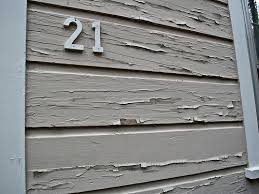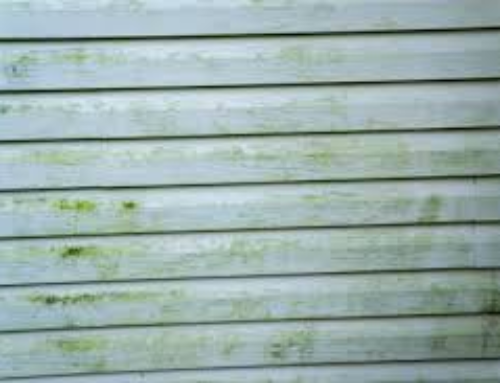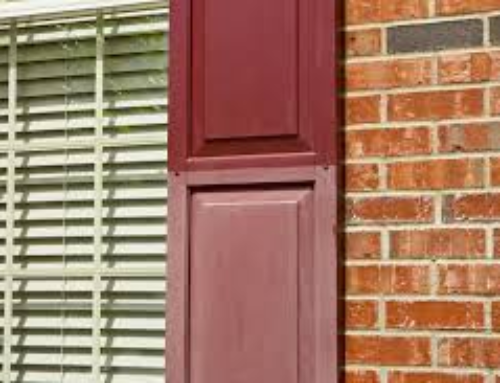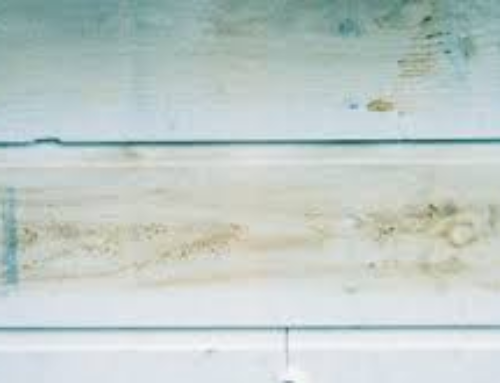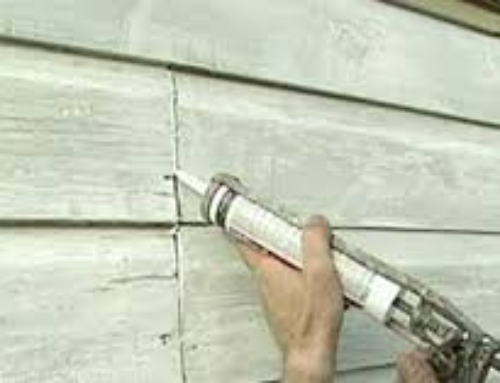Trim: It’s very common for areas on the trim to begin peeling. Most trim that’s peeling is real wood, such as 1×2’s used on fascia, door trim, garage trim, or railings. In addition to any real wood on the house, any areas where moisture or snow accumulates. These areas take a lot of damage from moisture sitting on them and freezing then thawing, and constantly beating on the paint. Once the paint begins to peel, those areas on your home are exposed to the weather. When water gets into the wood and freezes, or water is constantly running through the wood, you’ll begin to see the wood begin to get gray and rot. This leads to replacement, which can be very costly. Any areas on your home that are peeling will most likely be the same areas that will peel in the future. We recommend to take special care of these kinds of areas. By scraping off any peeling paint, we can be sure not to apply onto a surface that is already compromised. Sanding this area will smooth out the edge between what has peeled off and what has not peeled, and sanding will also create a better surface for us to apply the paint onto. Finally, after the area has been scraped and sanded, we recommend using a high quality primer to seal this area. The sanded wood creates a rough surface for the primer to bond to, and the primer will create a better surface for the paint to adhere and bond to than if we just apply paint to the wood.
Siding: In Michigan you will find localized peeling on homes. When moisture in the siding is trapped it eventually is drawn out by the sun, thus pushing the paint from the surface. If any siding is peeling it can be very costly if not taken care of properly. On many homes that are first built, there is a very thin layer of paint applied. After 7-10 years, many times the underside of the siding will start to peel, specifically on the North side of the home. The North side of the home experiences less sunshine, so moisture is more likely to stick around longer. This moisture slowly wears away the paint on the underside of the siding boards. Each time it rains or snows, more moisture runs down the side of the house, wearing down the paint. The lower siding boards experience this more than the siding boards on the 2nd story. Eventually, the underside will start to peel, leading to an exposed board. If this is not taken care of, your siding boards will begin swelling and can lead to replacement. Replacing siding can be very costly. We recommend to sand off any peeling paint on the bottom of the siding boards. After sanding, we would prime those areas to seal up the boards before applying any paint. If this is not done properly, you can only expect the job to last about 2-4 years before these areas start to peel again. If done properly, you can expect it to last more like 5-7 years.

